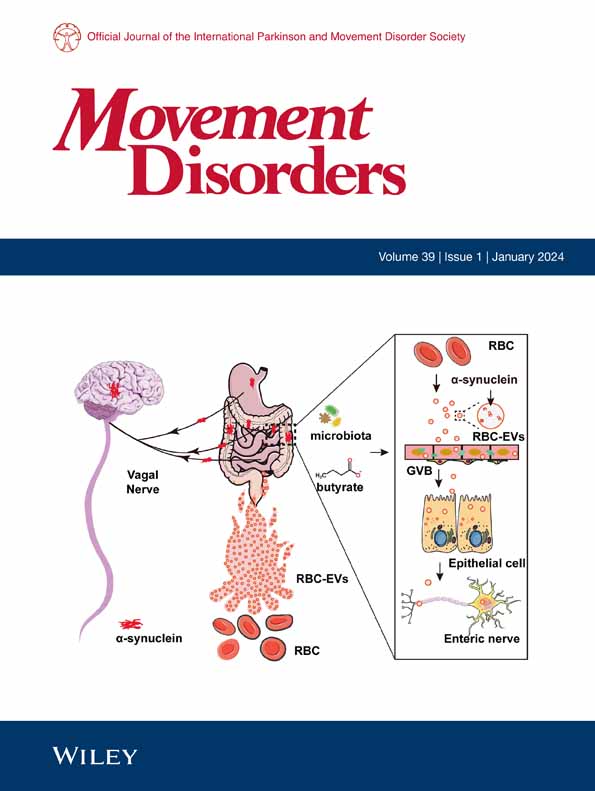Subthalamic γ Oscillation Underlying Rapid Eye Movement Sleep Abnormality in Parkinsonian Patients
Abstract
Background
Abnormal rapid eye movement (REM) sleep, including REM sleep behavior disorder (RBD) and reduced REM sleep, is common in Parkinson's disease (PD), highlighting the importance of further study on REM sleep. However, the biomarkers of REM disturbances remain unknown, leading to the lack of REM-specific neuromodulation interventions.
Objective
This study aims to investigate the neurophysiological biomarkers of REM disturbance in parkinsonian patients.
Methods
Ten PD patients implanted with bilateral subthalamic nucleus-deep brain stimulation (STN-DBS) were included in this study, of whom 4 were diagnosed with RBD. Sleep monitoring was conducted 1 month after surgery. Subthalamic local field potentials (LFP) were recorded through sensing-enabled DBS. The neurophysiological features of subthalamic LFP during phasic and tonic microstates of REM sleep and their correlation with REM sleep fragmentation and RBD were analyzed.
Results
Differences in subthalamic γ oscillation between phasic and tonic REM correlated positively with the severity of REM sleep fragmentation. Patients with RBD also exhibited stronger γ oscillations during REM sleep compared with non-RBD patients, and both increased β and γ were found before the onset of RBD episodes. Stimulation changes in simulated γ-triggered feedback modulation followed more closely with phasic REM density, whereas an opposite trend was found in simulated β-triggered feedback modulation.
Conclusion
Excess subthalamic γ oscillations may contribute to REM instability and RBD, suggesting that γ oscillation could serve as a feedback signal for adaptive DBS for REM sleep disorders. © 2024 The Author(s). Movement Disorders published by Wiley Periodicals LLC on behalf of International Parkinson and Movement Disorder Society.




 求助内容:
求助内容: 应助结果提醒方式:
应助结果提醒方式:


